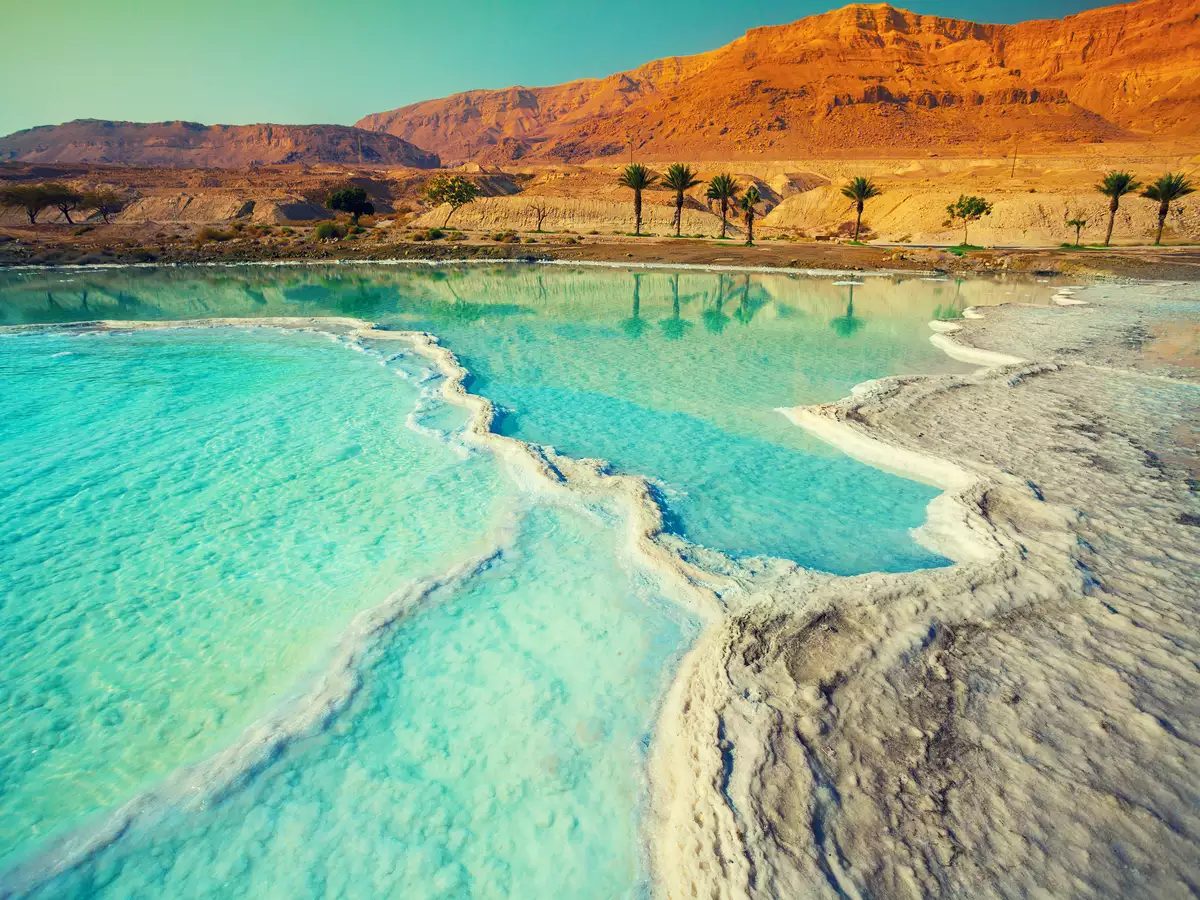The Dead Sea is a unique and mysterious place that has captured the imagination of many. Its name might sound ominous, but there’s much more to discover about this extraordinary body of water. In this article, we will explore the reasons behind its peculiar name and the fascinating characteristics that make it stand out.

The Dead Sea is unlike any other lake or sea you may encounter. One of its most intriguing features is the ability to effortlessly float on its surface. This phenomenon is a result of the remarkably high salinity of the water, which prevents sinking and creates an extraordinary experience for swimmers.
What truly sets the Dead Sea apart is the absence of aquatic life within its waters. This absence of living creatures is a significant factor in why it’s called the Dead Sea. Unlike typical bodies of water, such as oceans or lakes, where marine life thrives, the extreme salinity of the Dead Sea makes it inhospitable for most organisms.
In the depths of the Dead Sea, you won’t find schools of fish, playful dolphins, or graceful sea turtles. Instead, the water harbors only fungi and bacteria that can tolerate the harsh conditions. These microorganisms are some of the few life forms that can survive in such a salty environment.
Surprisingly, while the Dead Sea itself lacks aquatic life, its surrounding areas are teeming with diverse wildlife and flourishing flora. This contrast highlights the unique and somewhat eerie nature of the Dead Sea. It’s a place where the rules of aquatic life seem to be turned upside down.
The salinity of the Dead Sea is a key factor in its remarkable buoyancy. The water here is incredibly salty, with a salinity level of 30%. To put this in perspective, the salinity of the Dead Sea is a staggering 8.6 times higher than that of regular seawater. This high salinity is responsible for the buoyant experience that visitors encounter when they immerse themselves in its waters.
To understand the origin of the Dead Sea, we must delve into its geological history. It is believed that around 30 million years ago, the waters of the Jordan River once flowed into what is now the Red Sea. Over time, geological shifts occurred, causing the land between the Mediterranean Sea and the Red Sea to rise and form distinct bodies of water, including the Dead Sea.
In addition to its geological significance, the Dead Sea holds cultural and historical importance in various traditions. According to Islamic beliefs, the people of this region engaged in sinful activities, and as a result, the land and waters took on a desolate quality.
The exceptional buoyancy experienced in the Dead Sea can be attributed to its rich mineral content. The water is laden with magnesium chloride, calcium chloride, and sodium chloride, all of which contribute to its unique properties.
Leave a Reply